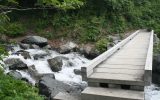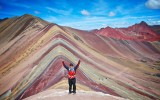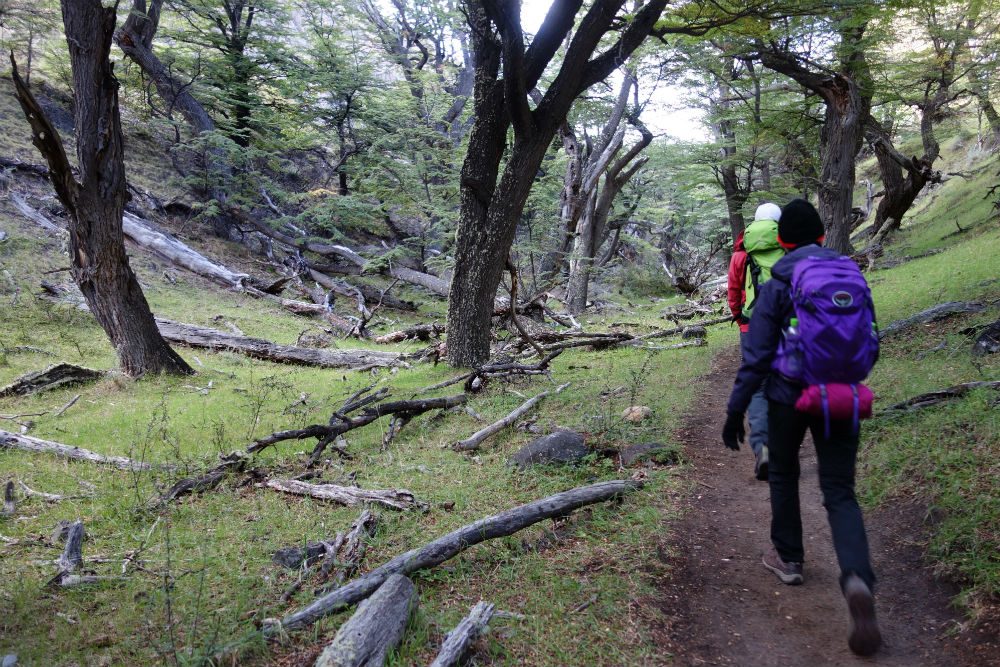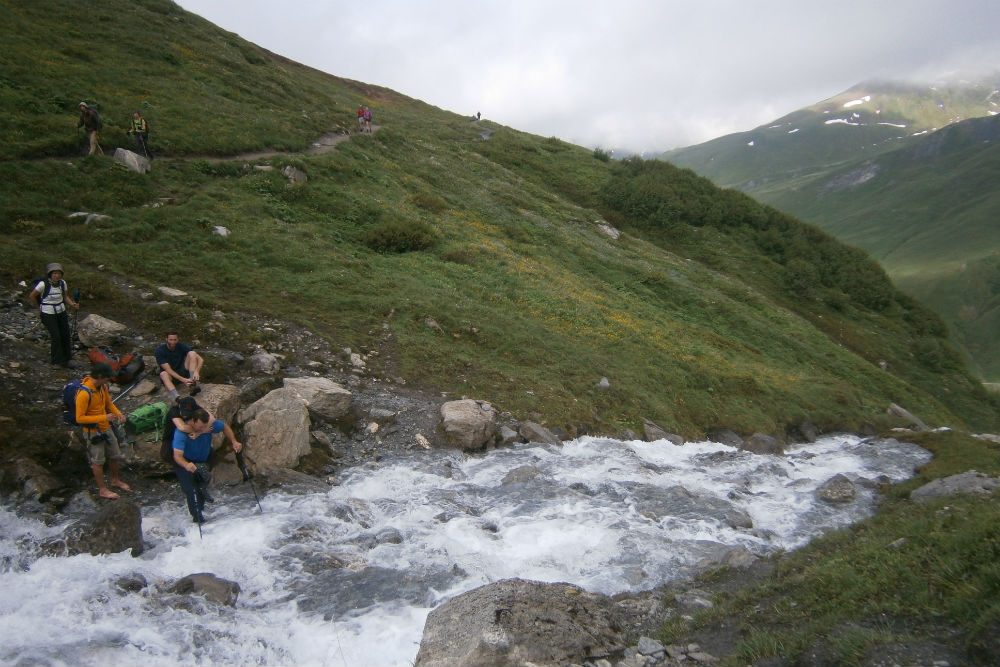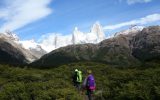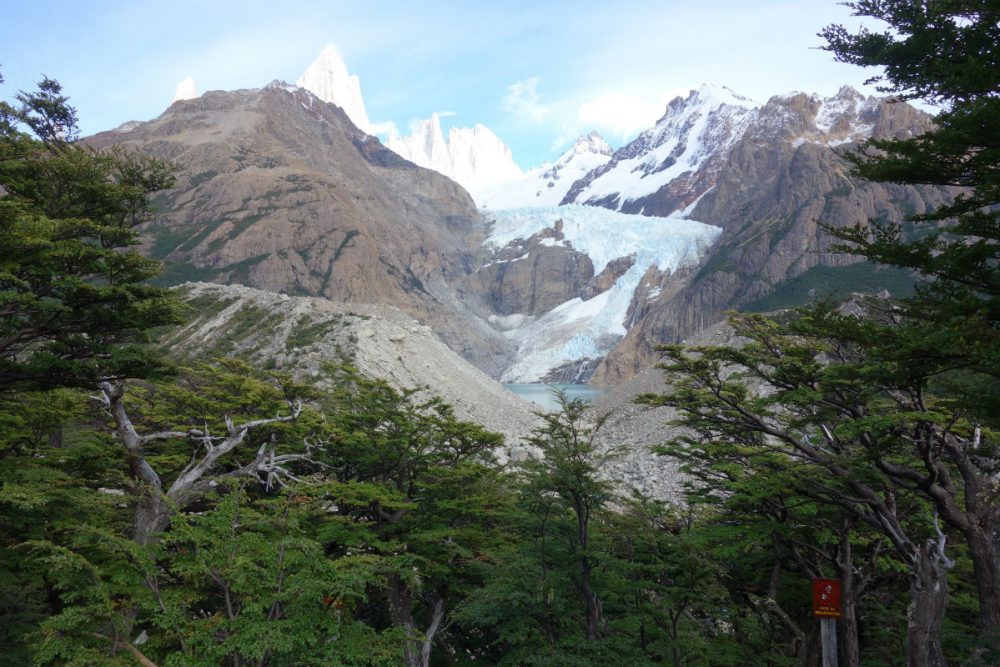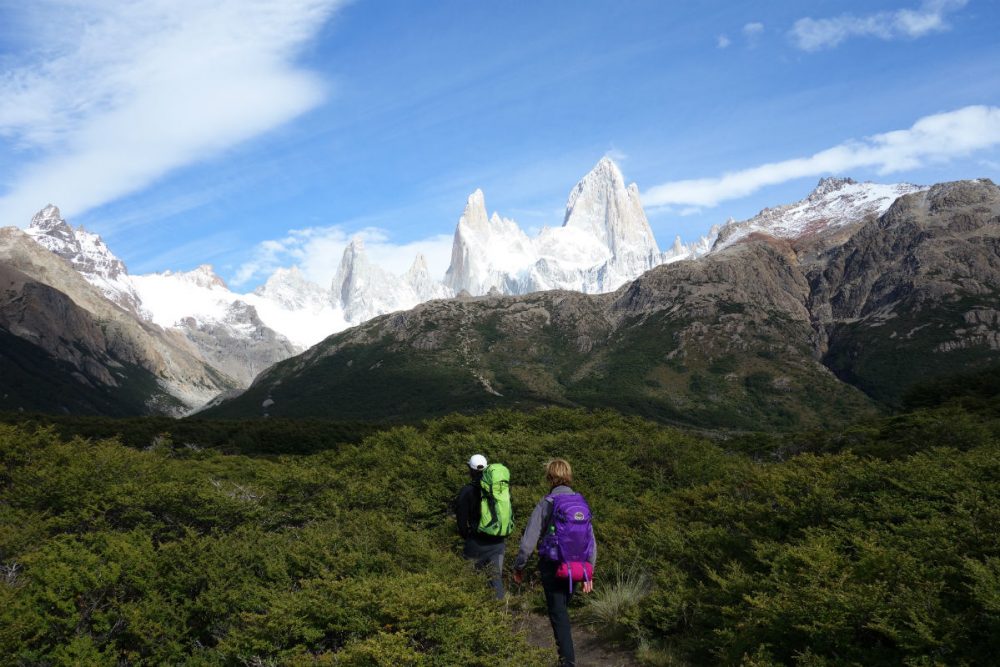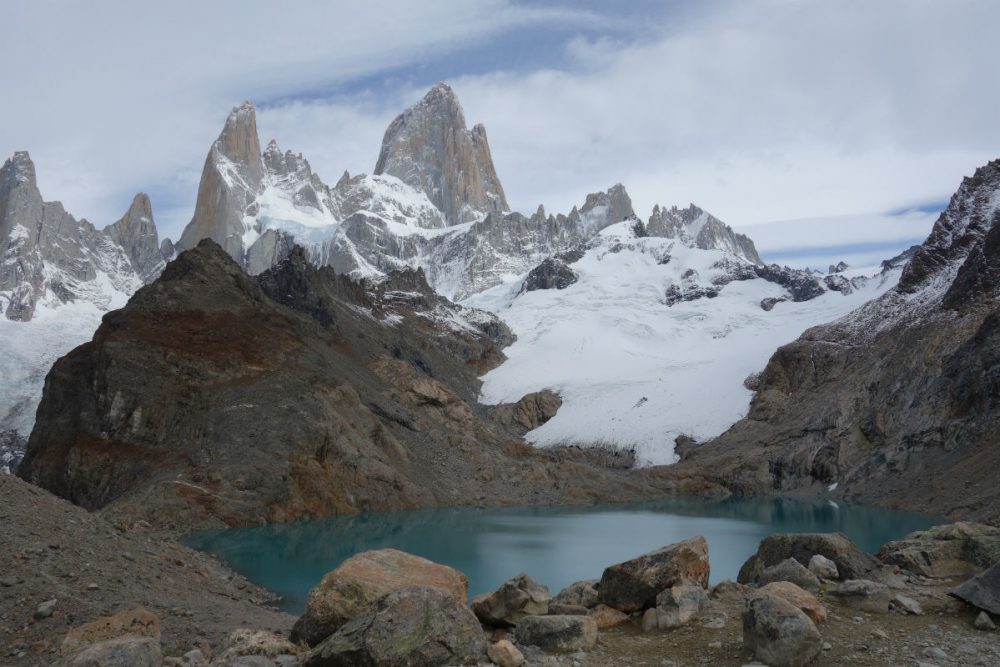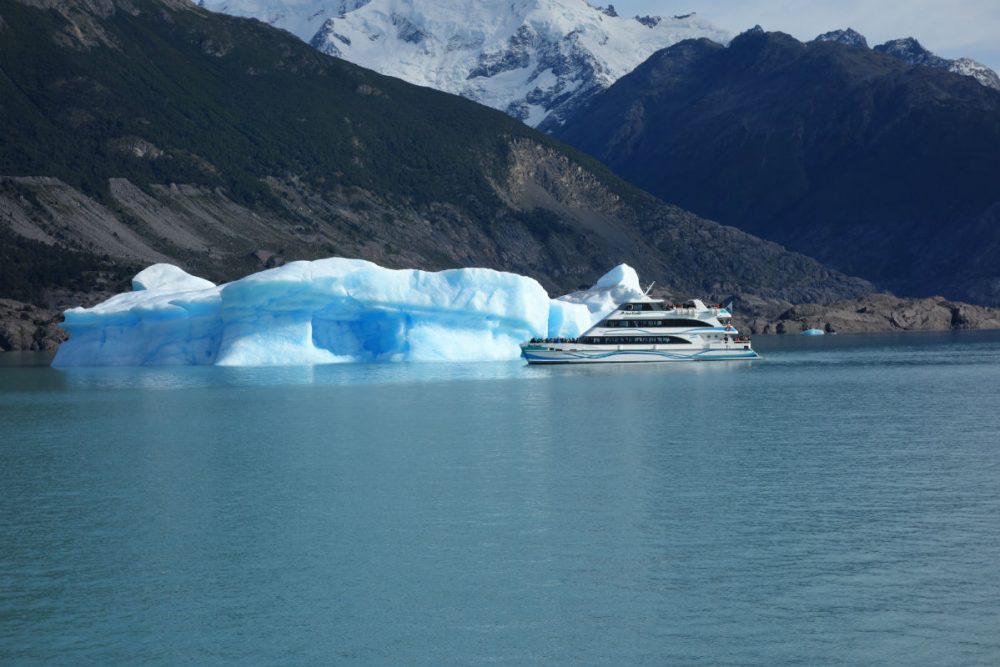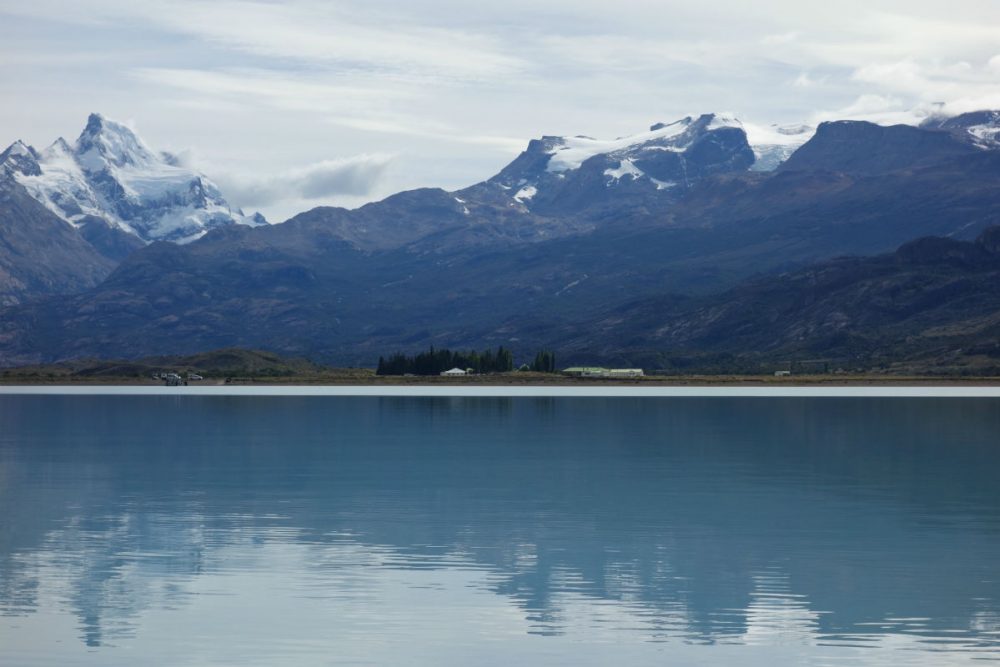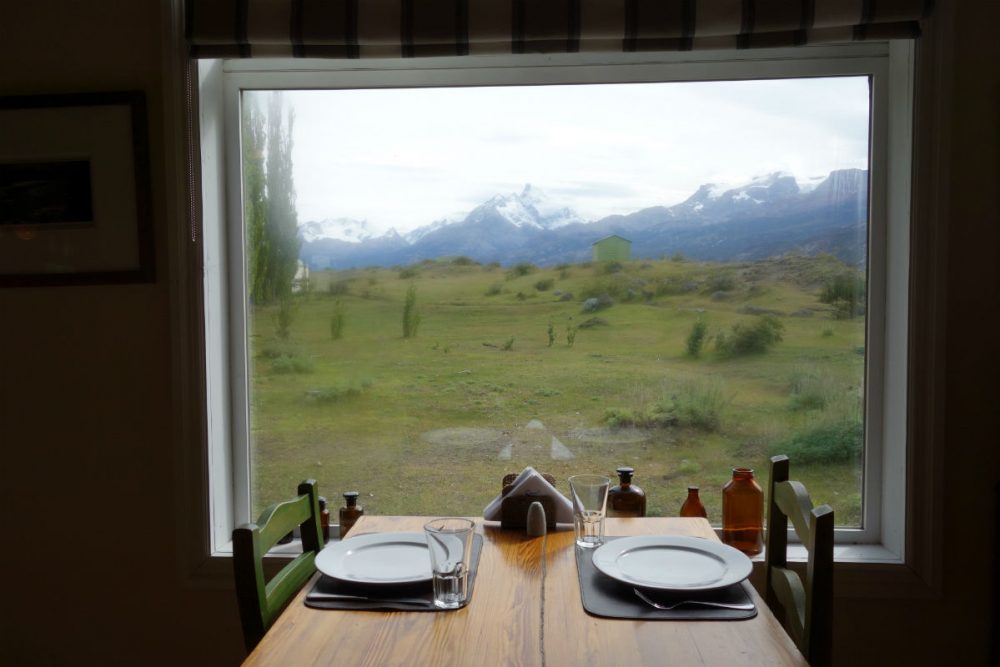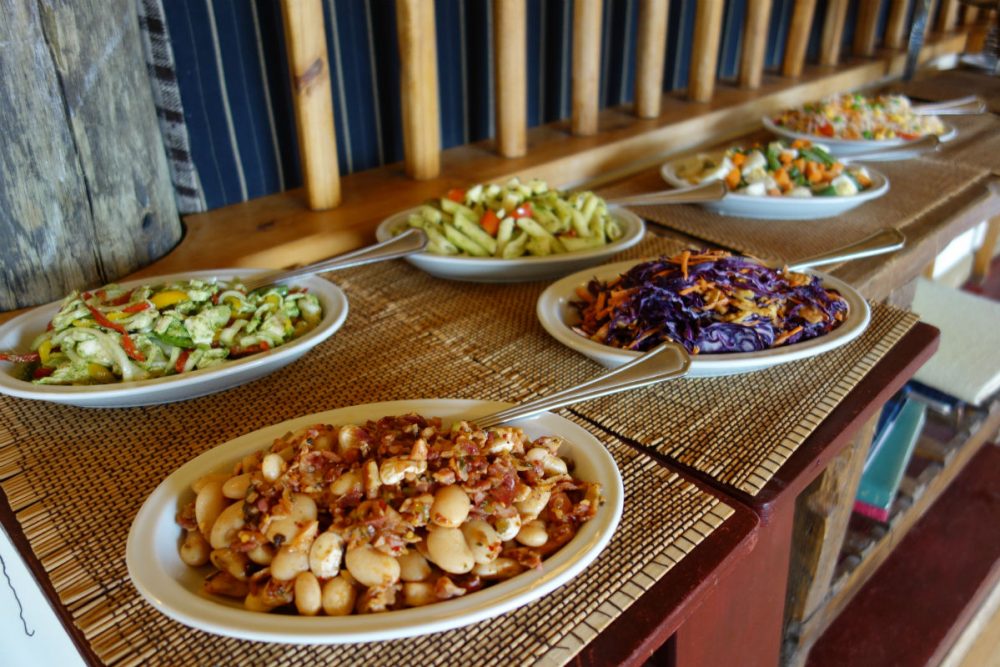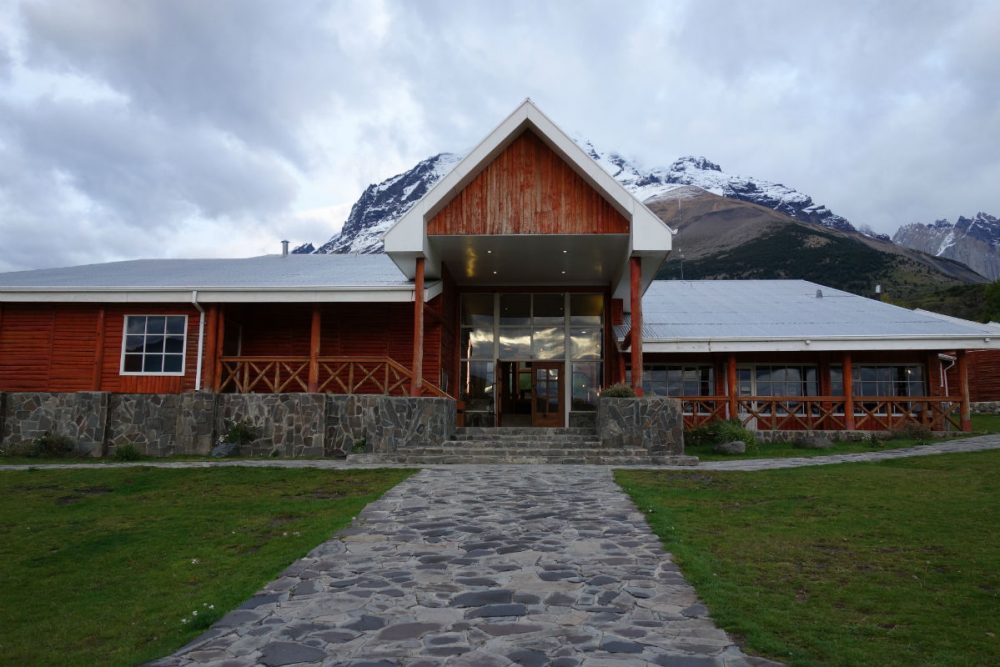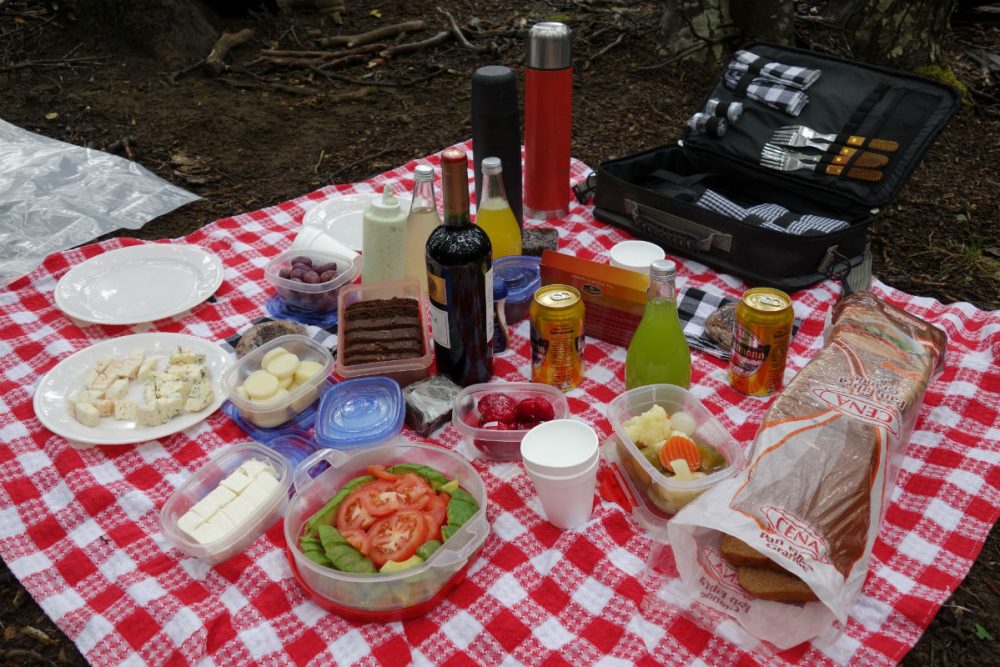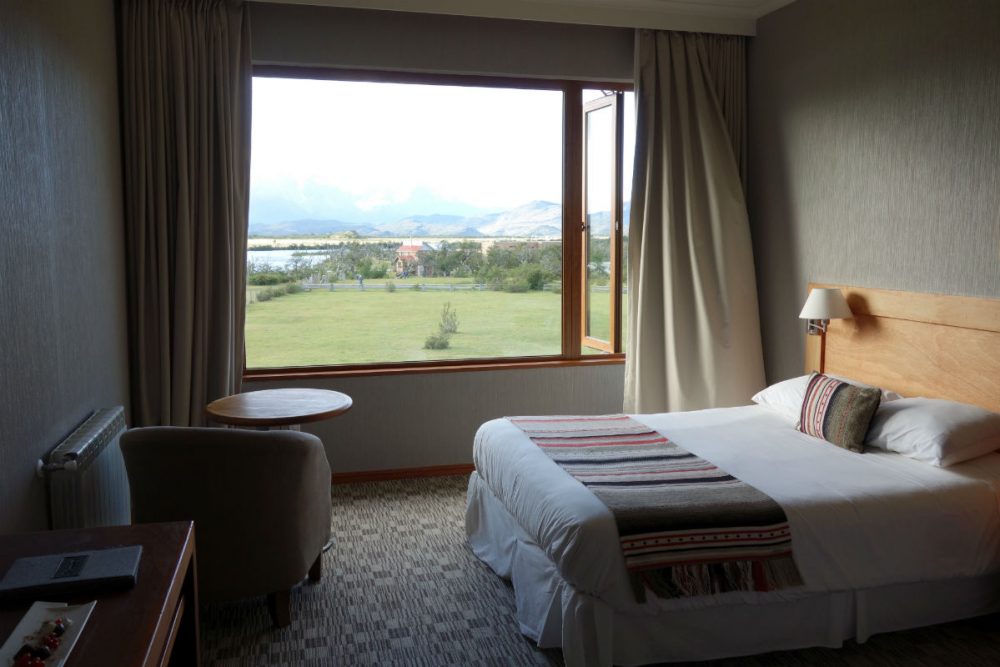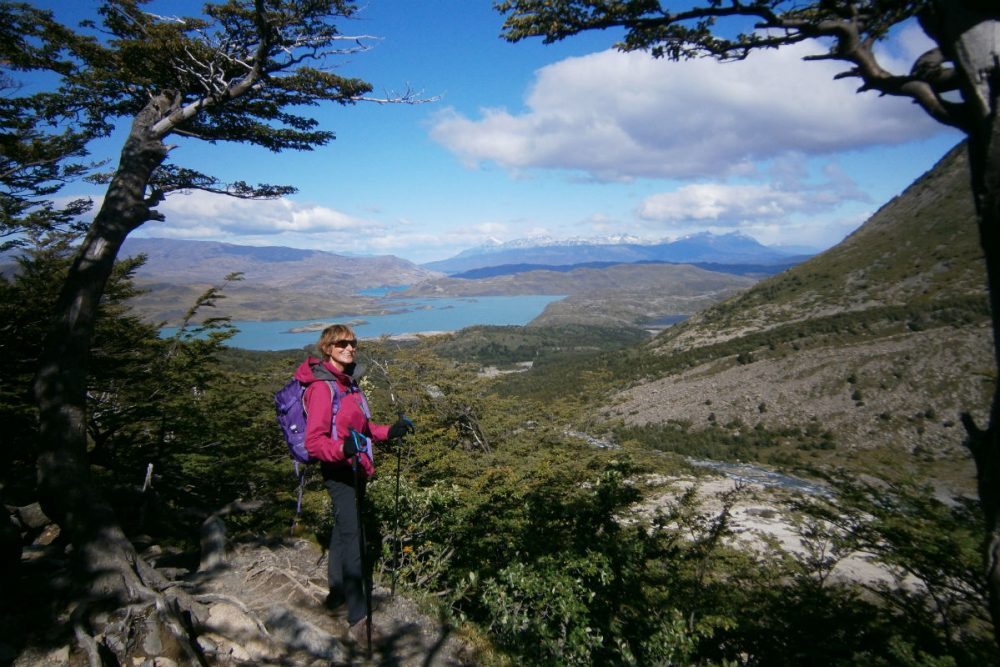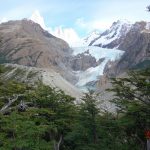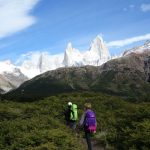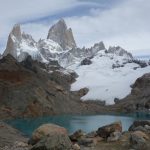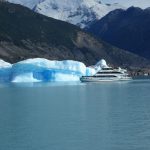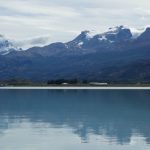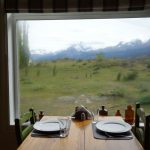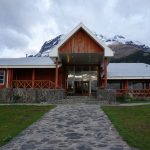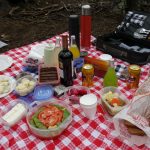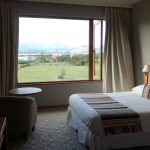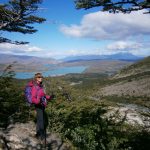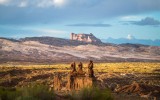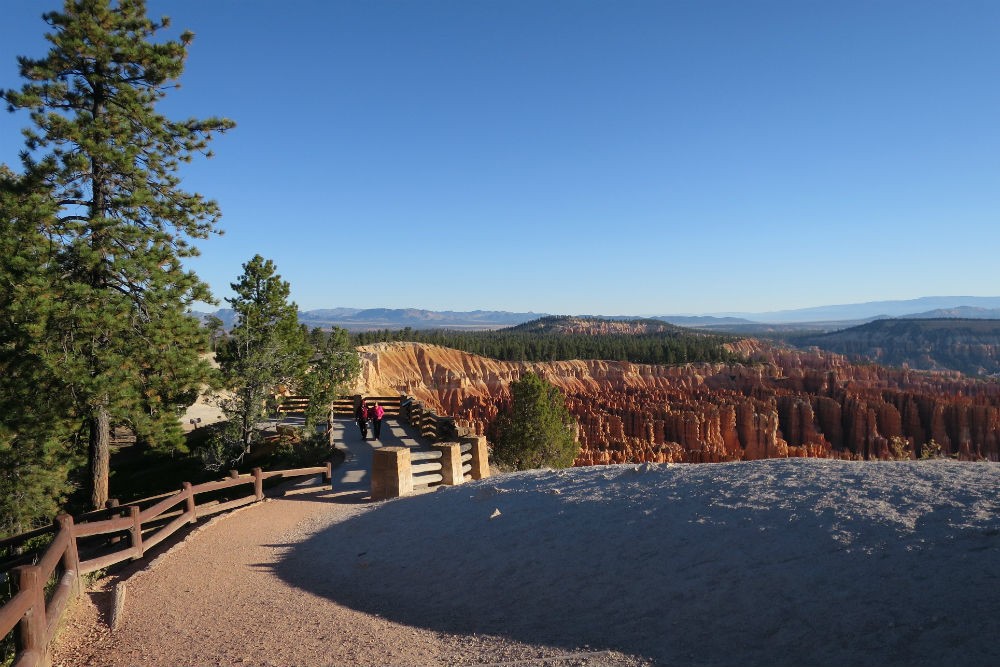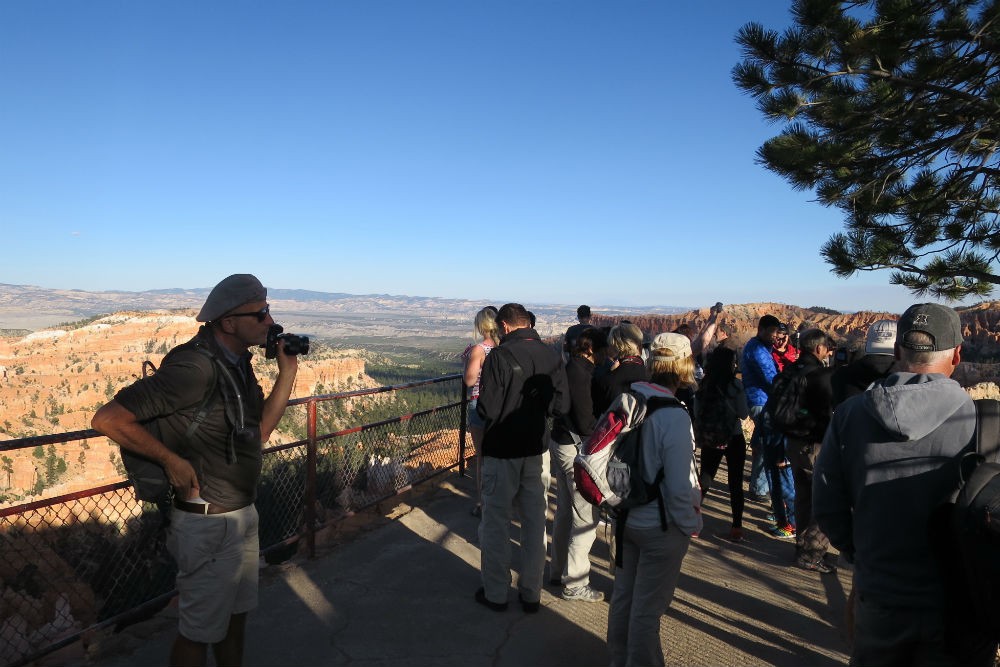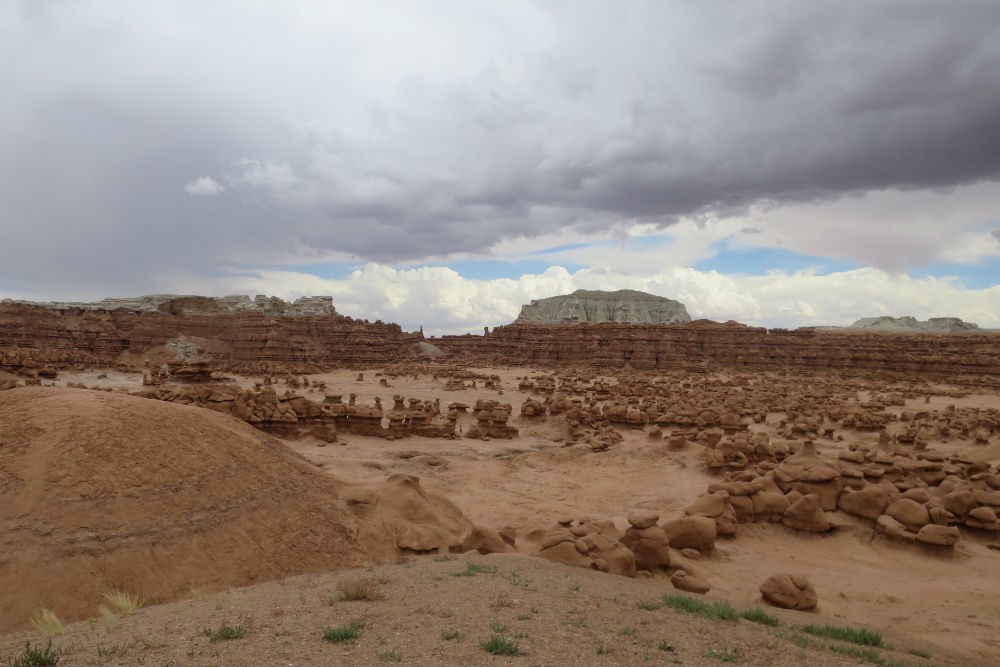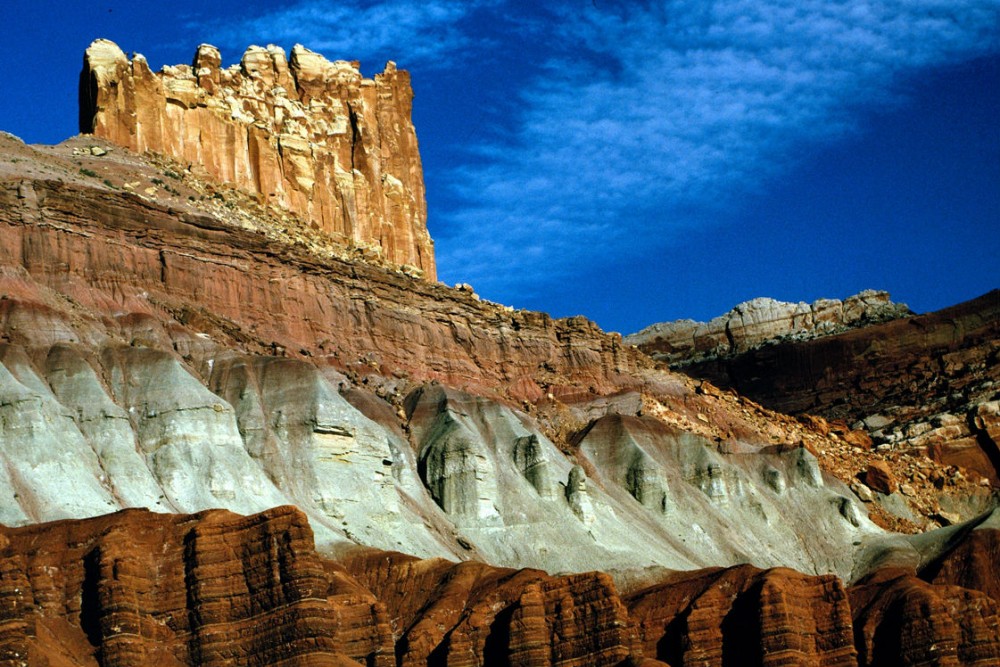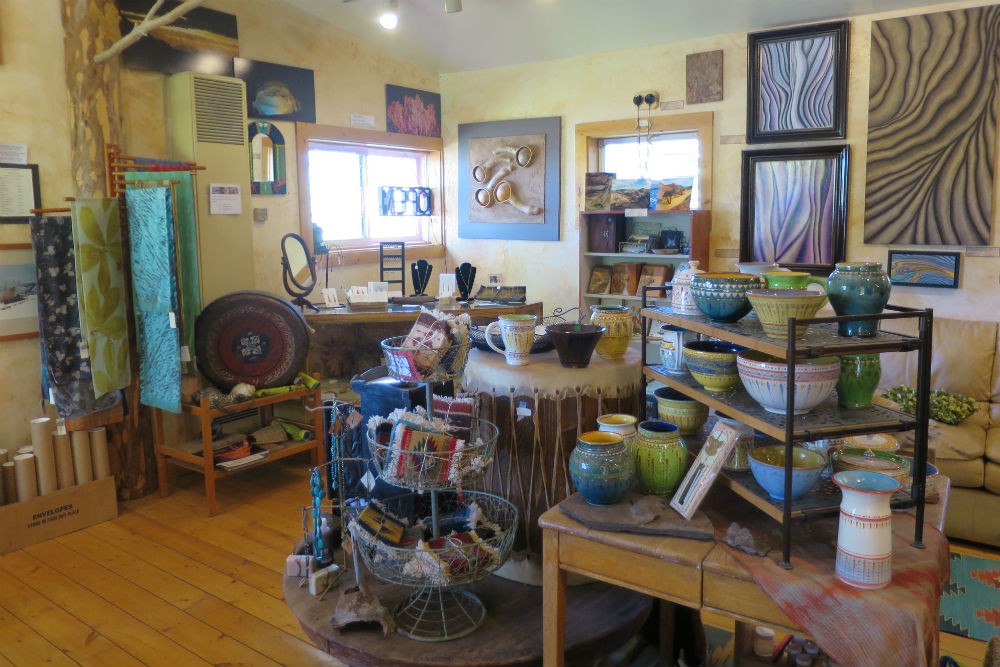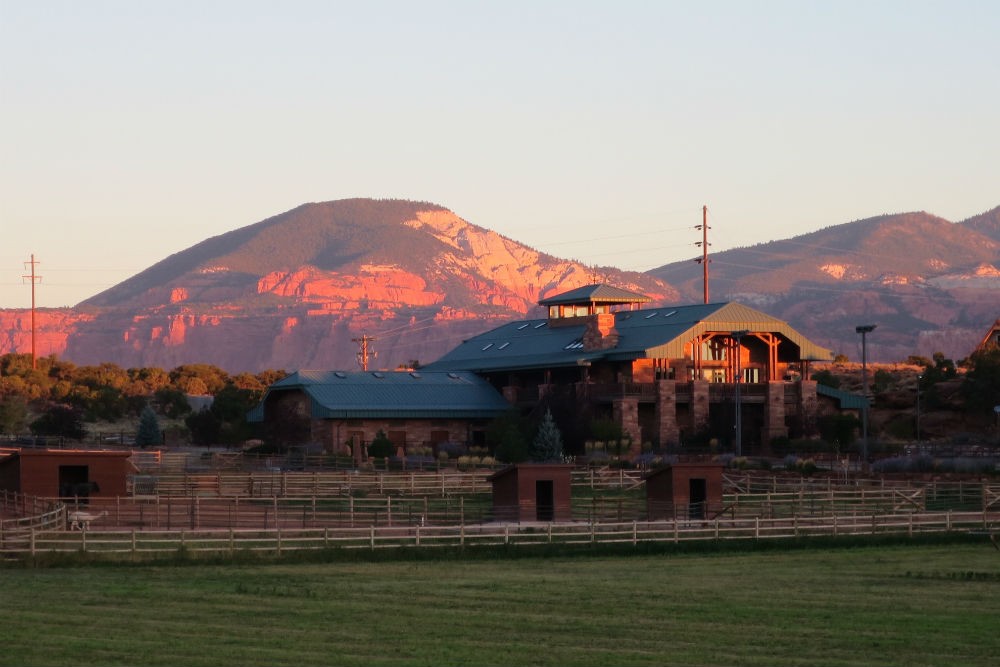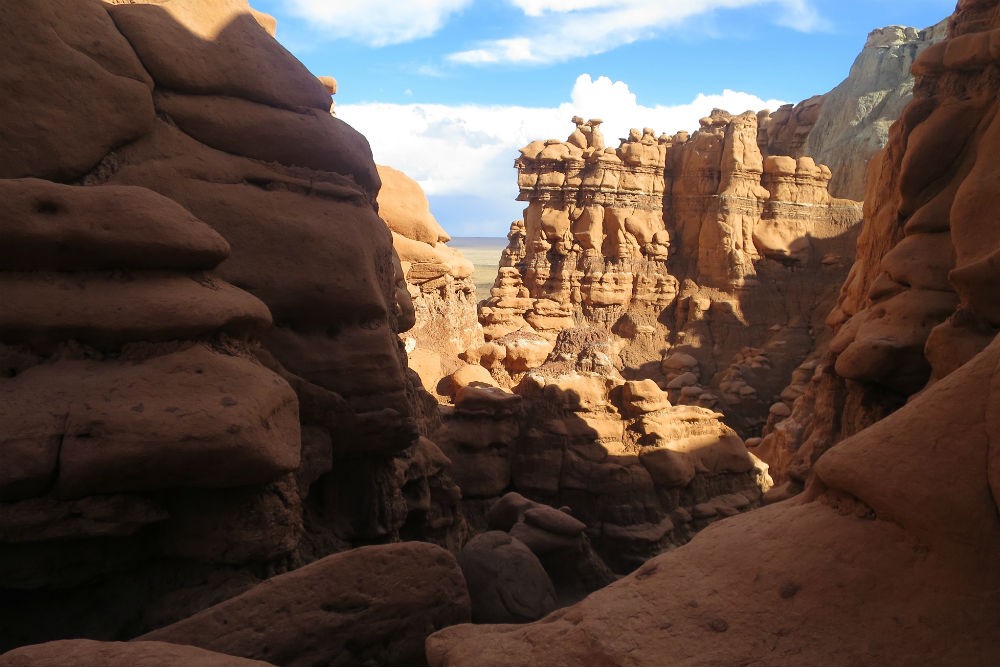Staying home is the safe thing to do right now, frustrating as it is to have to hunker down indoors now that spring is here. So we’ve found ways to help you connect with the great outdoors—all over the globe. Take a break from the anxiety and escape to one of the parks, gardens, or wilderness trails listed below. Or, if you’re in need of a culture boost, check out our ideas for virtual museum visits, landmark tours, and live concerts. Know of other cool virtual outdoor adventures to keep us travelers happy? Tell us about them in the comments.
National Parks
Google’s virtual experience Hidden Worlds of the National Parks is very cool. Through a combination of immersive videos, 360-degree tours, and interactive photos, park rangers share the secrets of five U.S. national parks and the animals that live there: Carlsbad Caverns, New Mexico; Kenai Fjords, Alaska; Hawaii Volcanoes National Park; Bryce Canyon, Utah; and Dry Tortugas, Florida. In one video, viewers fly with the bats out of Carlsbad Caverns; in Dry Tortugas, they “swim” through a shipwreck.
Hiking Adventures
To get yourself moving, though, see how far you can get on the Appalachian Trail…virtually, of course. Walk the Distance is an app that tracks your steps and applies them to the 2,000-plus-mile “AT” that stretches between Georgia and Maine. As you get farther along the trail, you’ll unlock checkpoints and see photos of your location. You can even see where your friends are so that you can motivate each other to keep moving. The app is available for iPhone and includes a few other routes as well, such as the Boston Marathon and some national park trails.
The YouTube channel Tall Sky Walker has a playlist of virtual outdoor hikes. The idea is to watch them as you’re on the treadmill, so that you feel like you’re actually on a wilderness trail instead of stuck within four walls. The scenery is gorgeous: a shoreline stroll around Moraine Lake in Banff; a snowy walk through Oregon’s Silver Falls State Park; a waterfall-to-waterfall hike also in Oregon. Even without a treadmill, these videos are worth the watch; they’re relaxing and serene, and yet surprisingly refreshing.
Train Trips, Drives, and Bike Rides
You can find plenty of virtual road trips and bike rides on YouTube. Virtual Road Trip’s videos compress drives through locales including the Delaware River Valley and the Hudson River Valley. The 4K Relaxation Channel features a bike journey along the California coast and a five-hour drive along Scenic Byway 12 in Utah (which is part of the American West you might not know about, but should).
Prefer to be a bit lazier? Sit back and soak in the Norwegian landscape as it crawls by in Slow TV’s seven-hour video of the train ride from Bergen to Oslo or the nine-hour train to the Arctic Circle, which you can watch in each season: winter, spring, summer, and fall.
Gorgeous Gardens
Gardens are getting into the game too. Stroll among the flowers of the United States Botanical Garden; walk through the trees of Klehm Arboretum & Botanic Garden in Rockford, Illinois; or feel fancy in the manicured park and gardens of the 18th-century Château de Bouges in France’s Loire Valley.
And since the coronavirus can’t stop cherry blossom season, you’ll want to find ways to watch those beautiful blooms. Cherryblossomwatch.com is an extensive website tracking the cherries in Washington, D.C. The National Park Service has a Bloom Watch too. If you have the patience, you can watch them grow live (and slowly) in Macon, Georgia, via a webcam partnership from Wesleyan College and Visit Macon. Or to feel a little immersed in the pink, head to the Brooklyn Botanic Garden, which has a virtual walk-through of its Japanese Hill-and-Pond garden and its Cherry Esplanade. (You can also explore other parts of the BBG via Google street view.)
Zoos and Aquariums
If you crave something a little “wilder,” plenty of zoos and aquariums are coming to the rescue. For instance, every weekday at 3pm ET, the Cincinnati Zoo’s Facebook page will feature different animals in a “Home Safari” video, in which zookeepers will share fun facts (hippos don’t actually swim!) and include a home activity for the kids.
Then there are all the live cams that are popping up. Monterey Bay Aquarium is giving everyone constant companionship with various video streams. Choose from the jelly cam, the coral reef cam, the penguin cam, shark cam, an open sea cam, and others. You can even gaze out over the Monterey Bay itself. Similarly, the San Diego Zoo is putting its animals in the spotlight. Get to know their apes, koalas, polar bears, and other adorable denizens. Watching them is addictive.
Be a smarter traveler: Read real travelers’ reviews of Wendy’s WOW List and use it to plan your next trip. You can also follow her on Facebook, Twitter @wendyperrin, and Instagram @wendyperrin, and sign up for her weekly newsletter to stay in the know.

